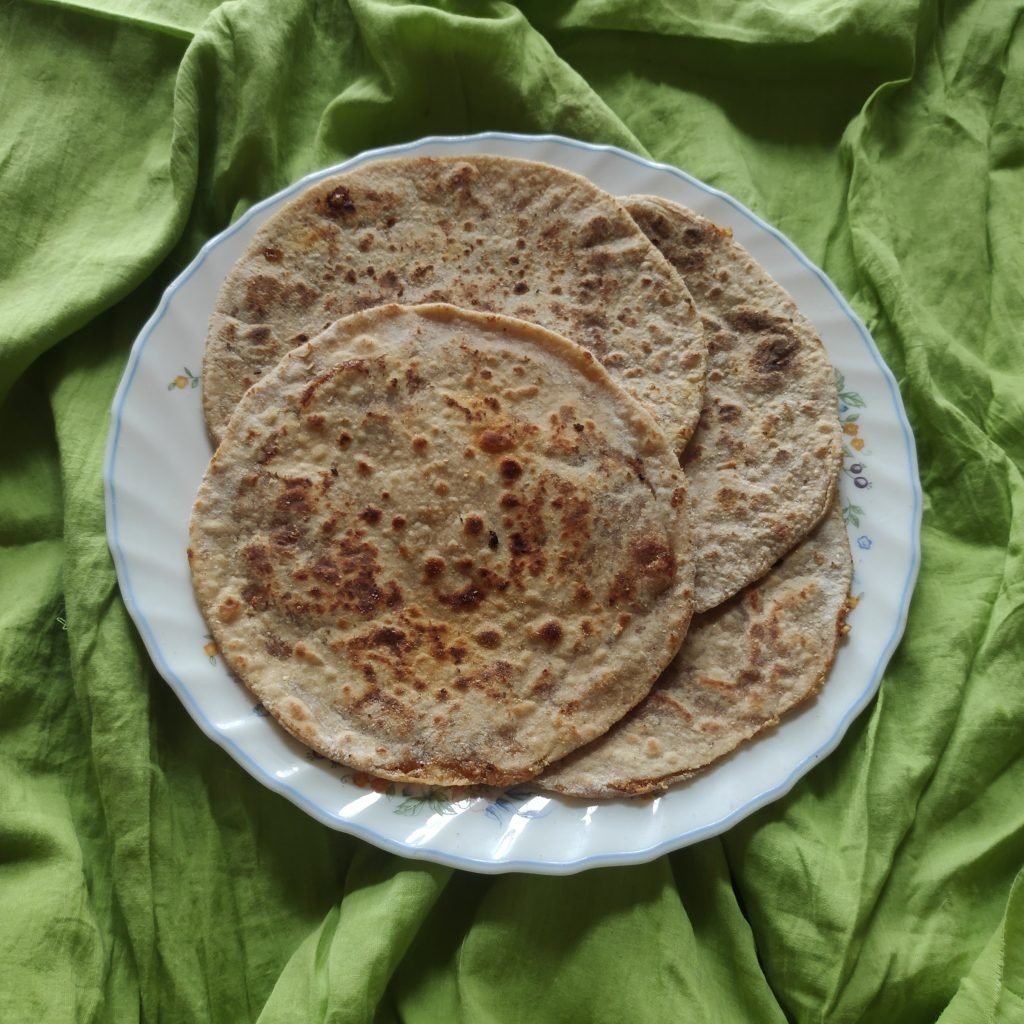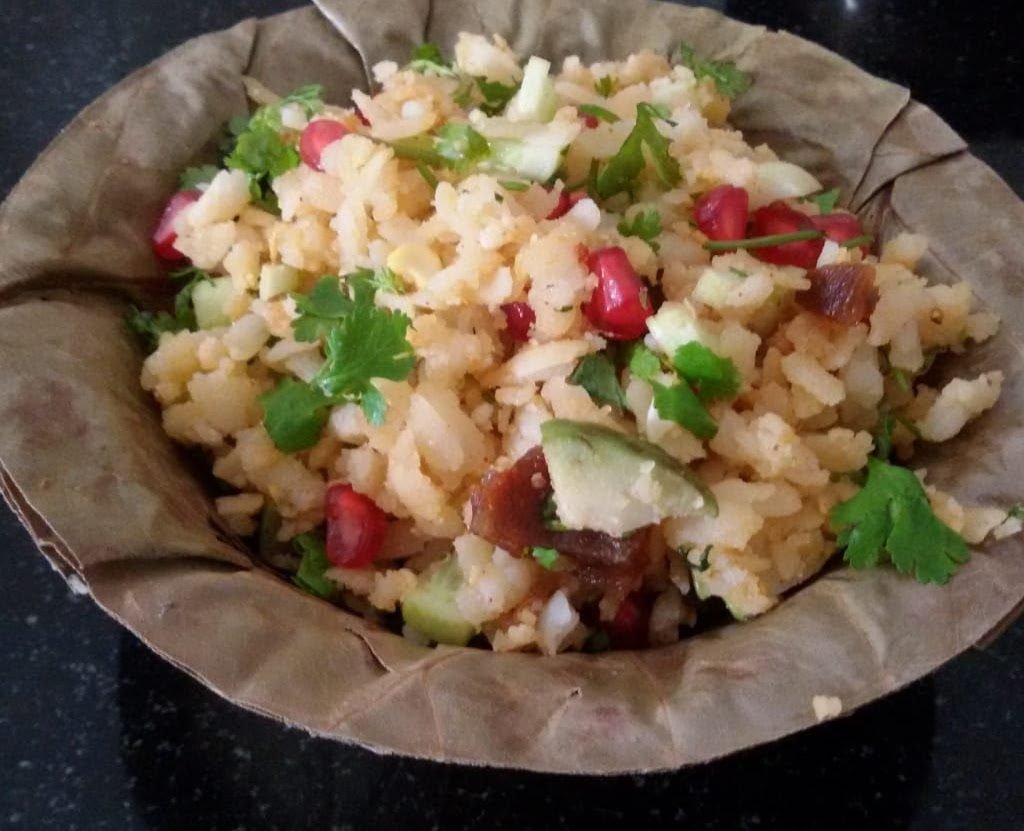
Nachni Kapa (Finger Millet Pudding)
Millets are hardy small-seeded annual grasses that are cultivated as grain crops and grow in adverse weather conditions. They also require much less water and care as compared to grains like wheat or rice.
Ragi, like most other millets, is usually soaked overnight or for at least 12 hours to ‘activate’ the fibre in it. It is then dried in the sun for a few hours before being roasted and powdered to be ready for use. Traditionally, we Indians harvested rain fed nachni, sprouted it to get the nutrients to an optimal level, dried it and then ground it to a fine powder. This powder was sieved to get the nachni ‘satva’, cooked in water, sweetened, and used to wean babies off mother’s milk.
Ragi/Nachni is rich in niacin (vitamin B3), and especially minerals like calcium and iron because of which it has traditionally been used to feed infants and babies and to keep anaemia at bay in children. Sprouted ragi is also rich in vitamin C that helps absorb iron better.
Ragi/Nachni (finger millet) is rich in complex carbohydrates which may help in preventing blood glucose levels from spiking after a meal as they take longer to digest thus releasing energy slowly and keeping one satiated for a longer time. The dietary fibre may help to control the ‘bad’ cholesterol and raise ‘good’ cholesterol levels and lower triglycerides. The soluble fibre in ragi absorbs cholesterol before it enters the bloodstream whereas the insoluble fibre acts like a prebiotic supporting the good bacteria in the gut.






